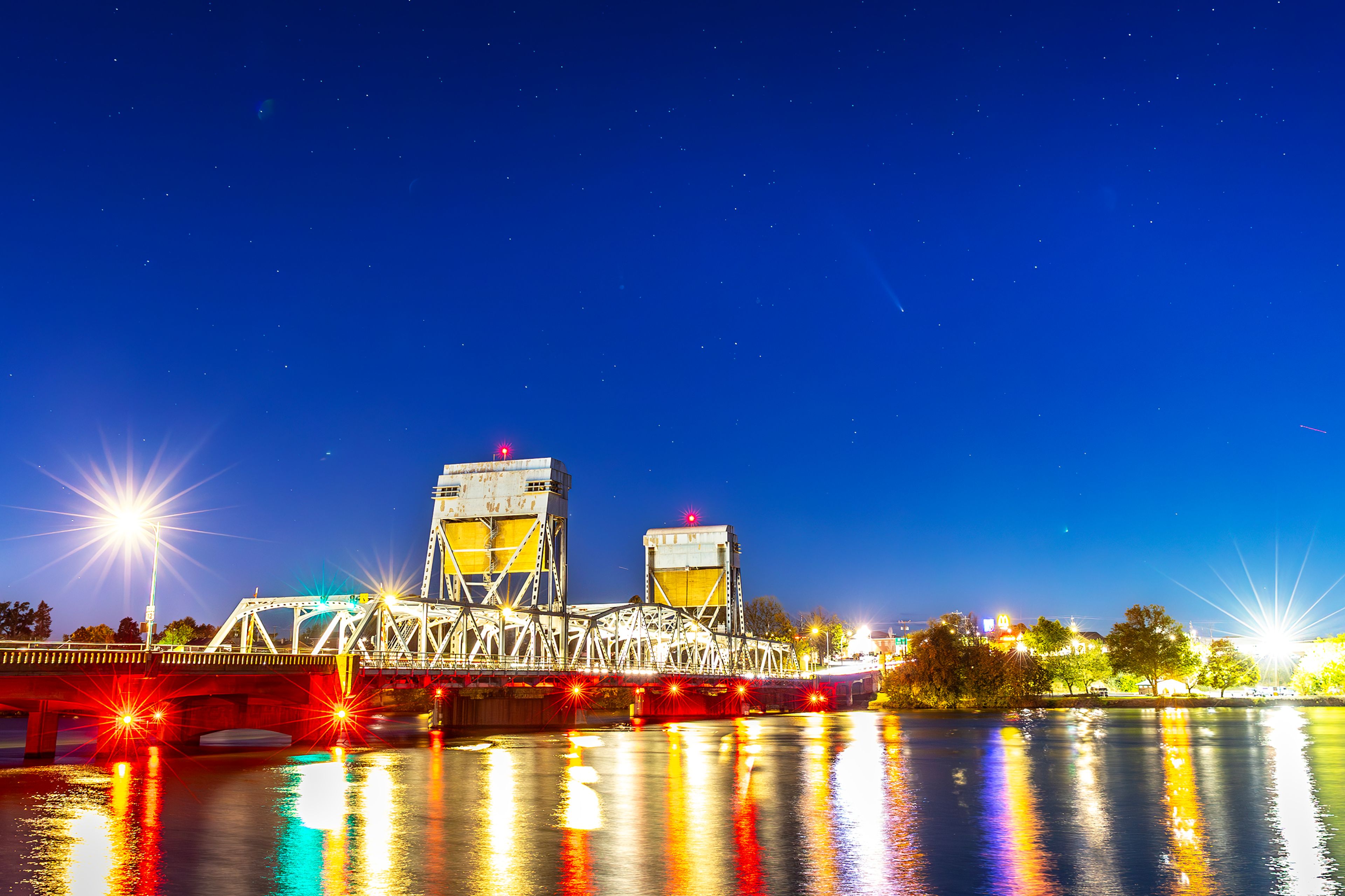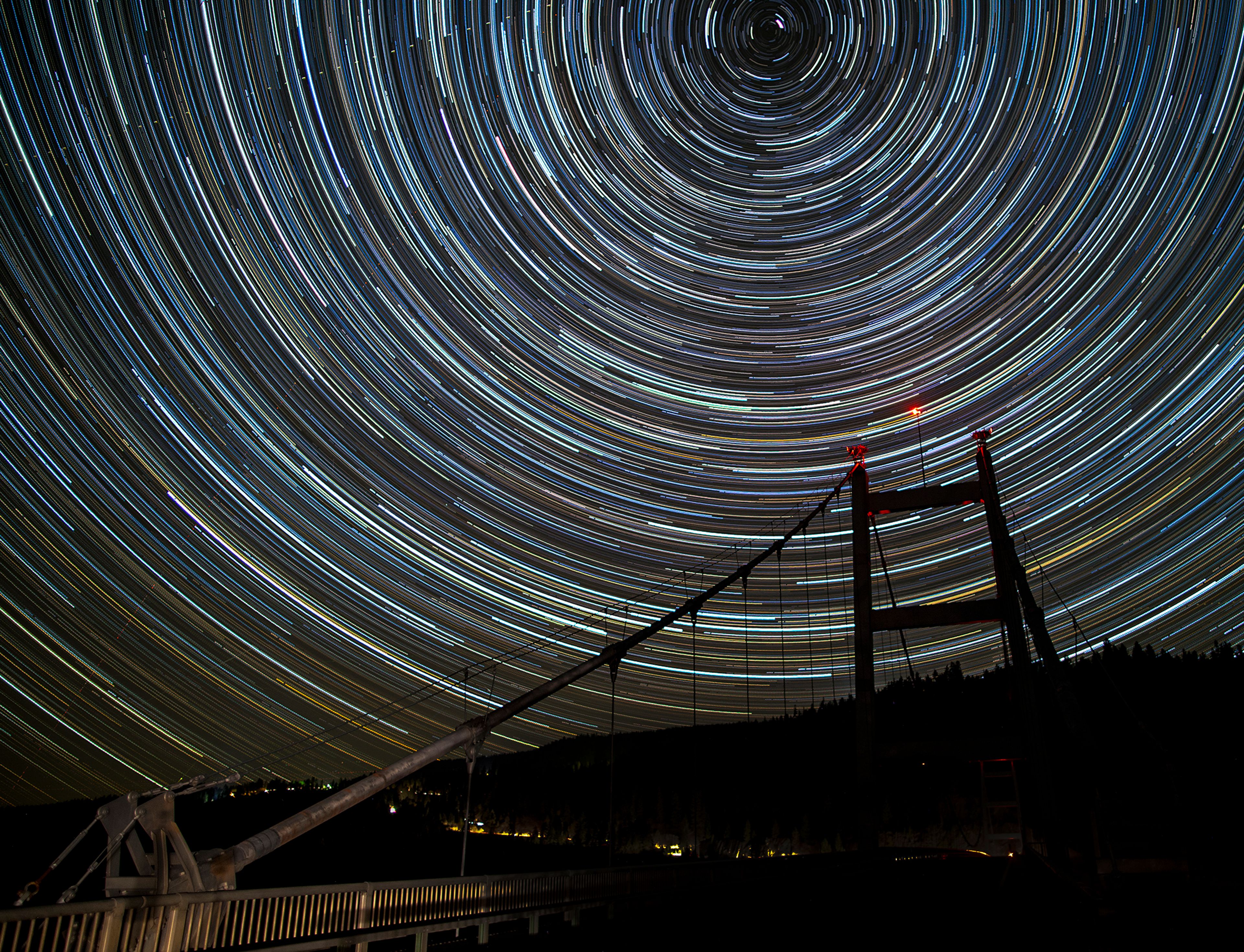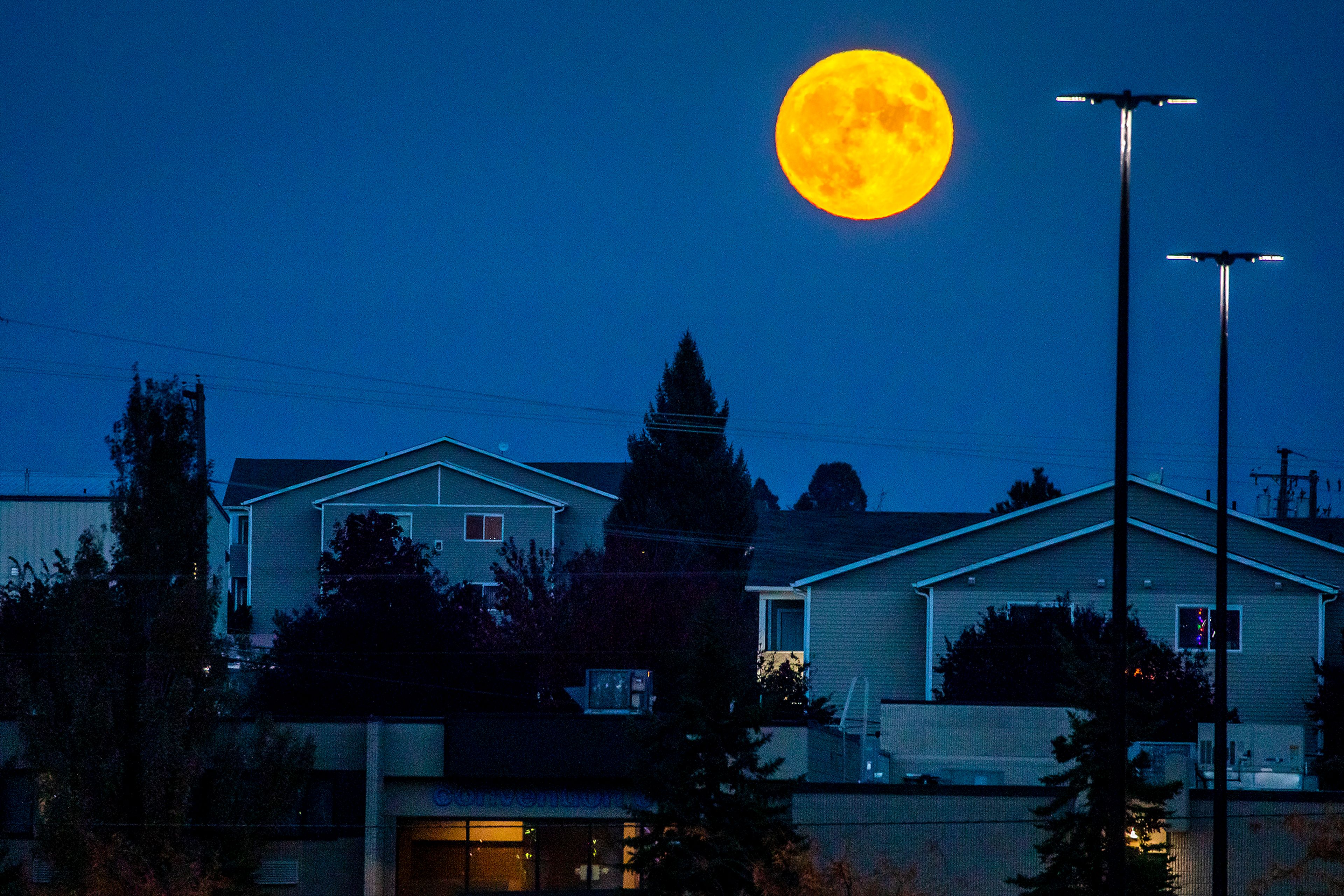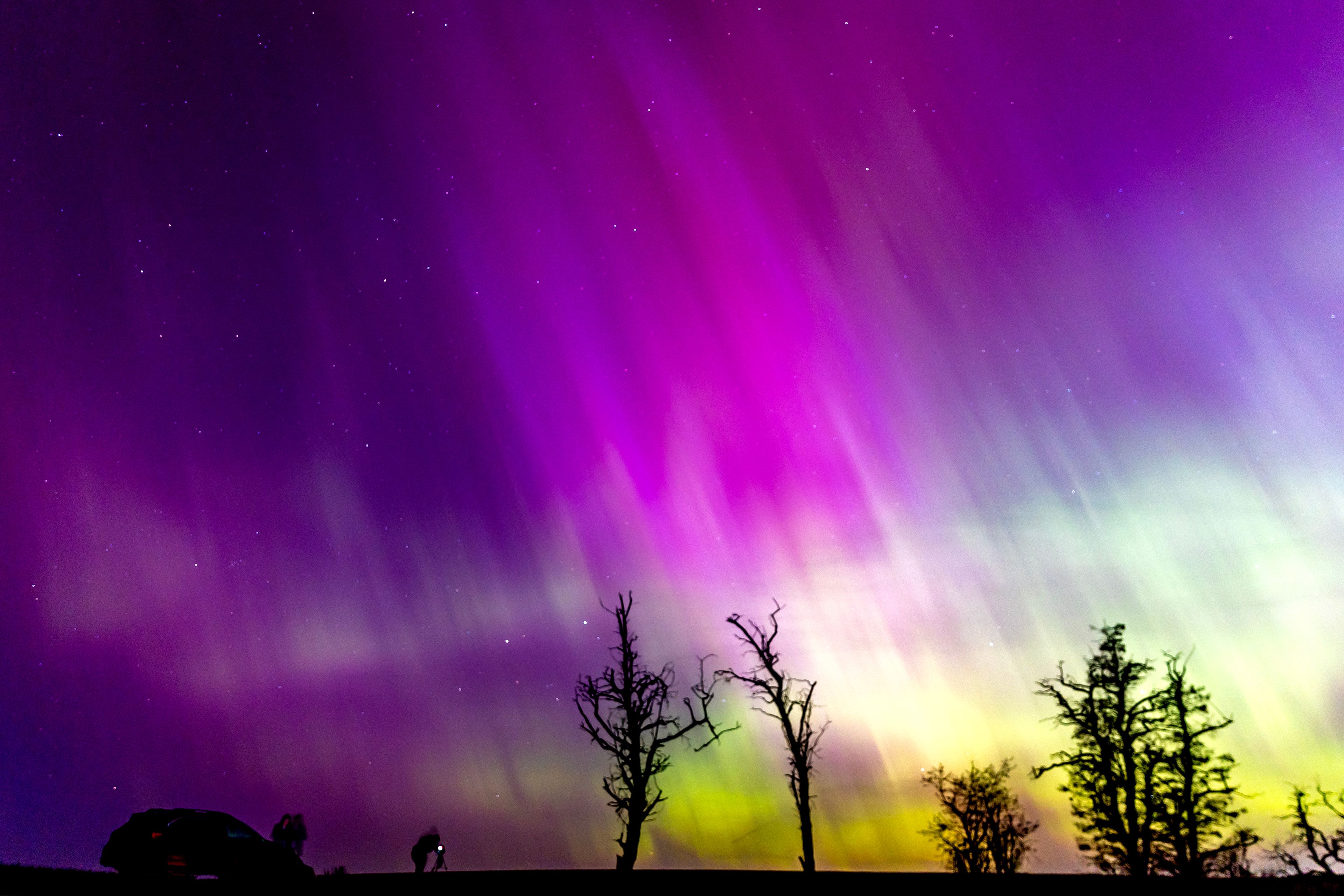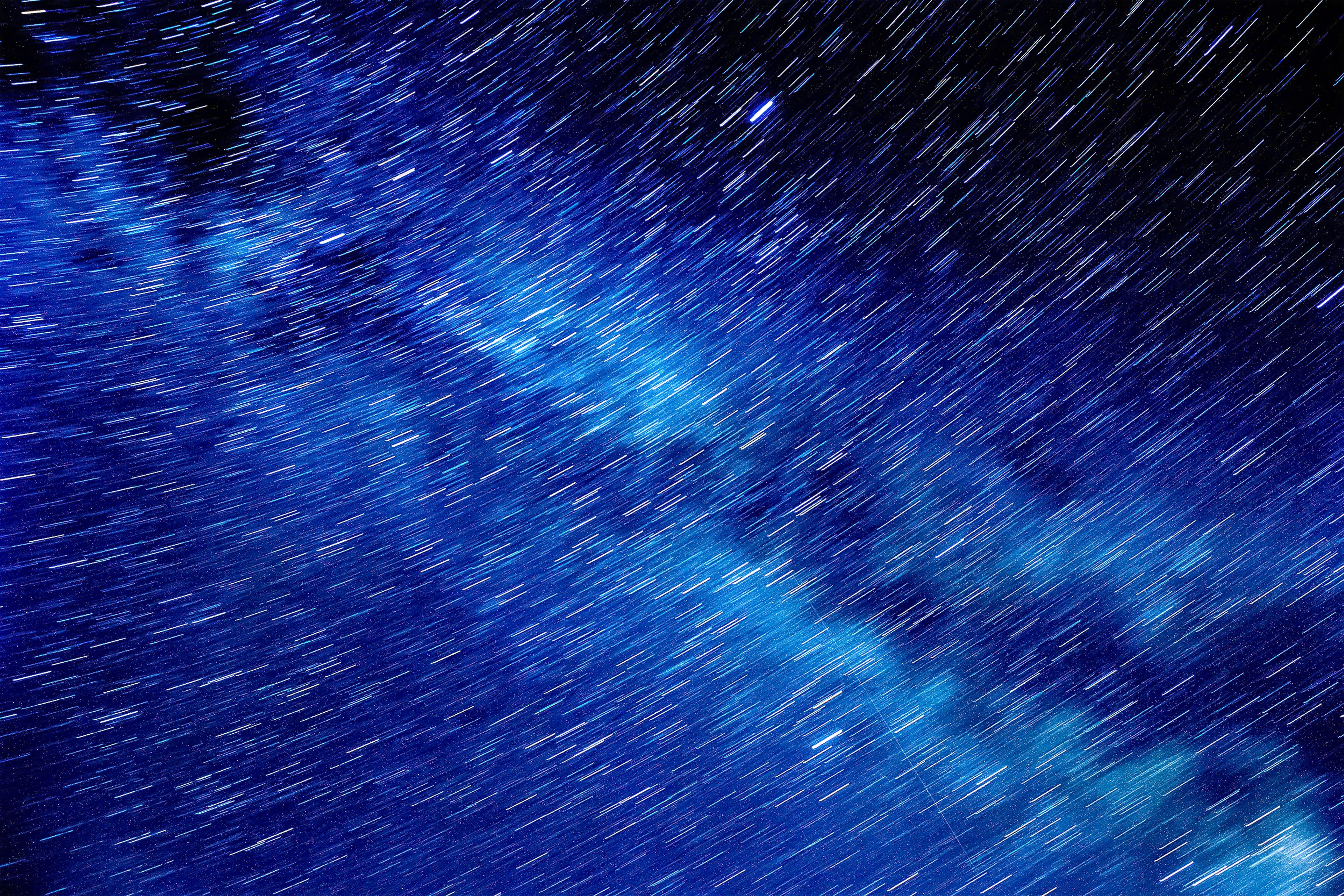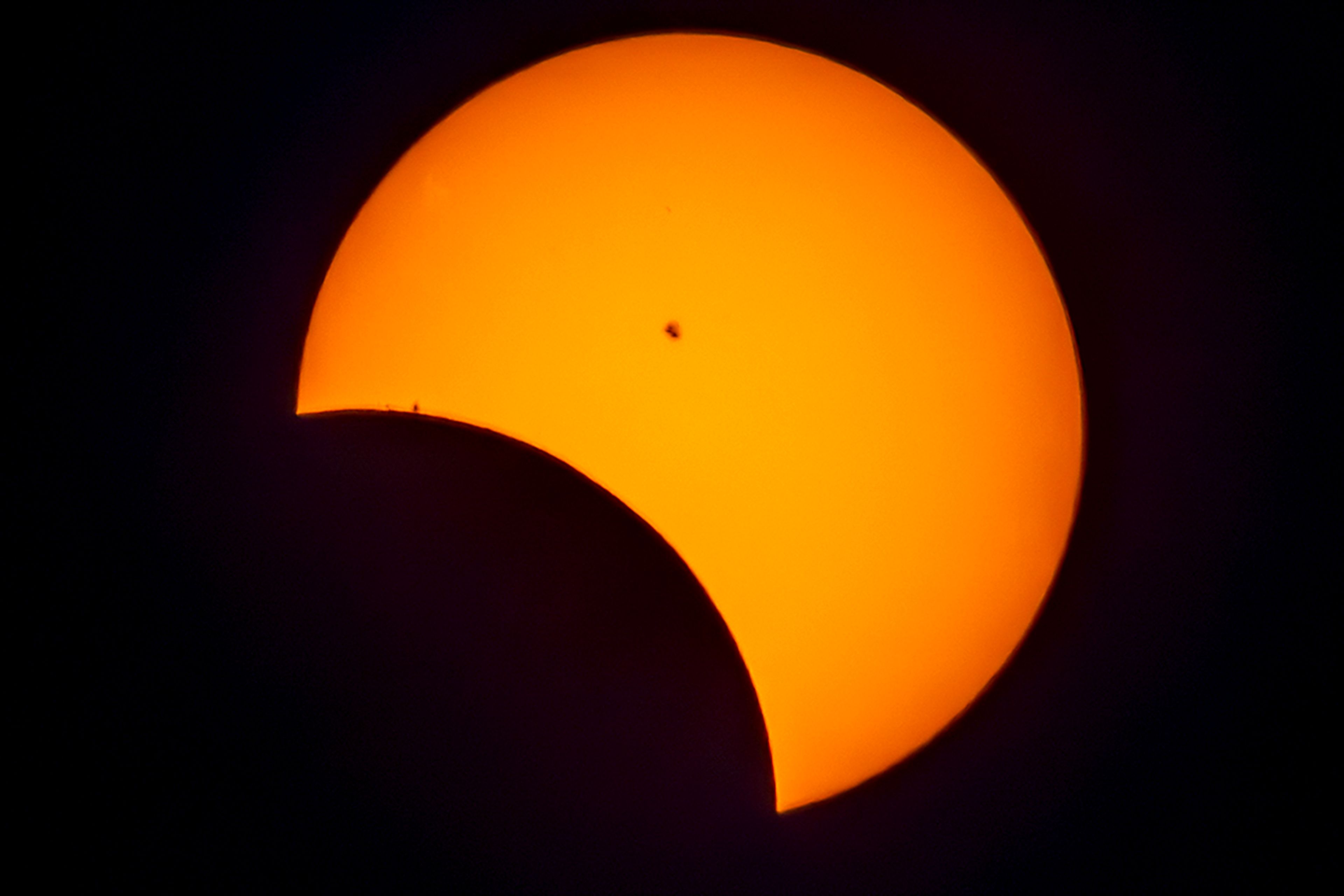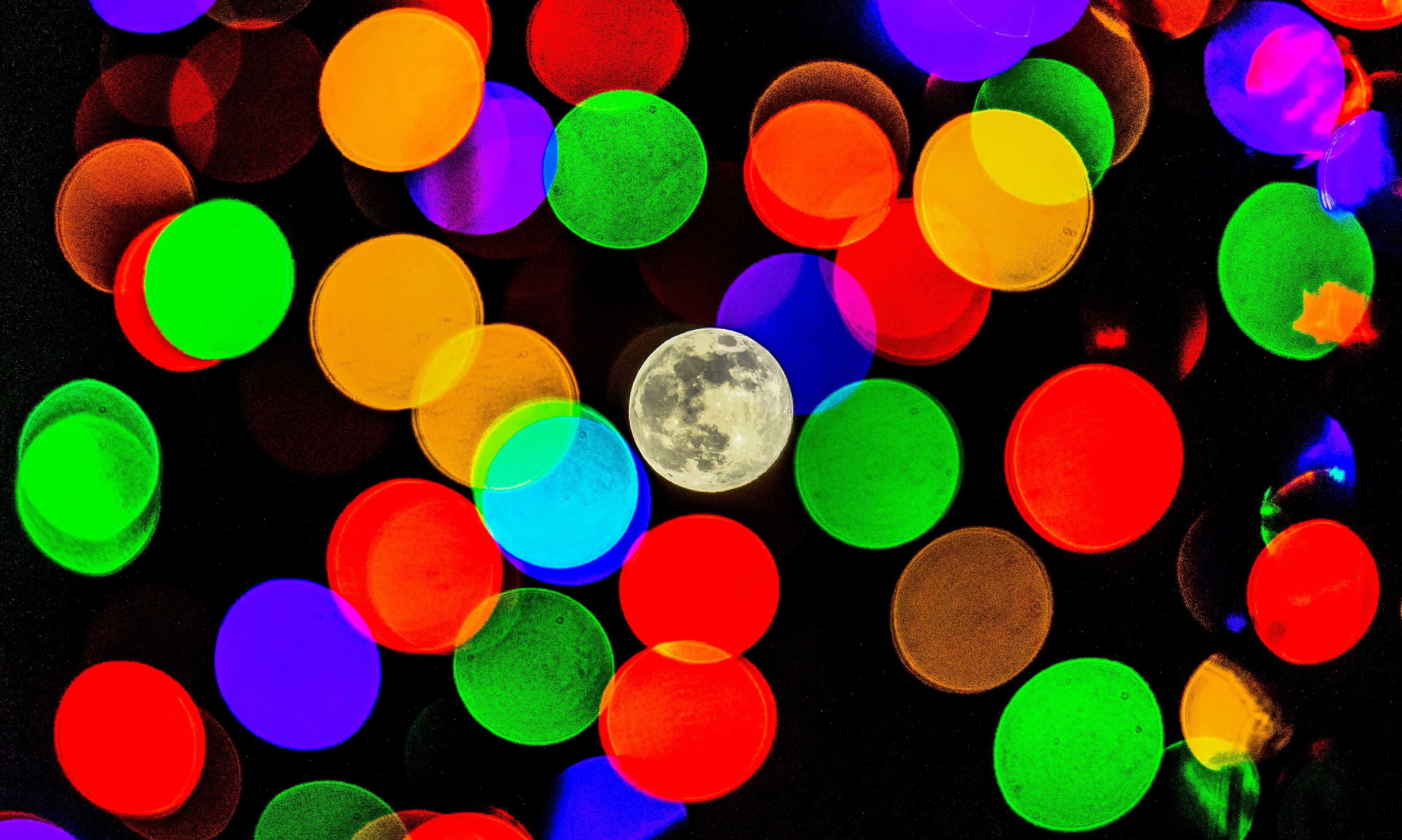In this new series for The Scoop section, we will go into detail about how Tribune photographers have captured some of the images you see in the newspaper.
For the first installment, here are some of the photographs captured of astral phenomena, from the moon, to eclipses, comets and the northern lights.
In nearly all types of astrophotography, the most important elements will be a clear sky free of clouds, a dark place away from city lights and a tripod of some kind to keep the camera still.
A smartphone can be used to capture some types of astrophotography, such as the northern lights, but for other types such as images of the moon or eclipses, a digital single-lens reflex camera with a long lens is ideal. A DSLR can also capture images as raw image files, which are uncompressed and contain all the data from the camera’s image sensor.
